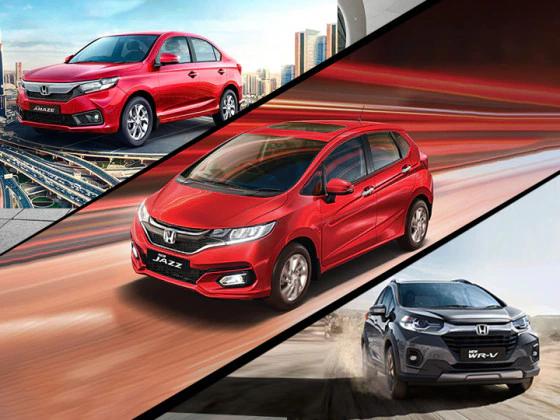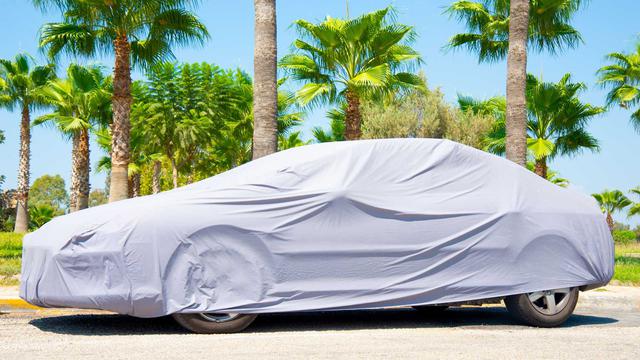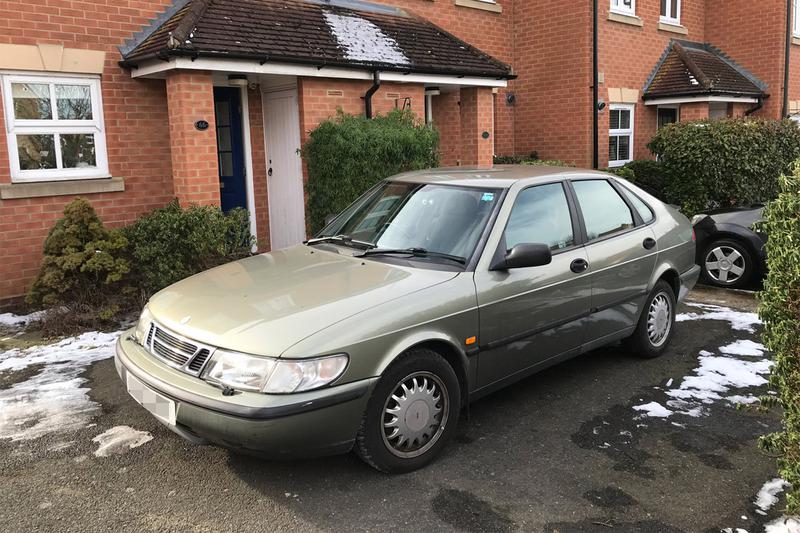As car brands go, Honda is one that holds a very special place in many Indian hearts. Even today, the Honda City is one of those cars that middle class Indians aspire to own and Honda enjoys a strong reputation for dependability and premiumness. I should know, I own one.
But for a car maker that was among the earliest to take a chance on India, it feels like Honda is losing faith, either in its ability to get back to the glory days or in the promise of the Indian market altogether. And that has us concerned.
This story is not going to be a walk down memory lane because I’d like to keep it brief. There will be some dates of significance but the idea here is to highlight concerns, the main one being the ambiguity of Honda’s plans for its future in India. There are two landmark events in recent history that are raising these concerns.
First, the shut down of Honda’s plant in Greater Noida. This was a spot of historical significance. Established in 1997, this plant built the cars that made Honda the brand it is for Indians. While the pandemic took a toll on car production across the board, the plant’s operational costs weren’t making sense even before Covid 19 became a variable, simply because Honda couldn’t utilize the installed capacity well enough due to low demand. With the closure of this plant, we also bid goodbye to the Civic and CR-V.
The second event is Ford’s restructuring in India which in regular human speak, is Ford’s decision to stop making cars in India. And again, Ford, like Honda, was among the early adopters of the Indian car market, stepping onto our shores back in 1995, the same year as Honda.
And exits by Ford, GM, Fiat, Harley-Davidson, Mitsubishi Motors, United Motorcycles, among others, just fuel rumours of anything from a restructuring to a market walkout. The fact that Honda’s had 3 rounds of VRS (voluntary retirement schemes) for its employees, including high ranking managers, is not reassuring.
If we take a look at the brand’s current range of cars, it’s dropped down to just 4 models - the Amaze, City (both previous and current generation), Jazz and WR-V.

Does this mean Honda’s inactive? No, but what they’re doing isn’t nearly enough to tell me as a customer that they’re serious or at the very least, optimistic about the Indian car market, especially when brand new entrants like MG and Kia are so much more aggressive.
Even Skoda and VW have developed and launched purpose built cars for India with more on the way. Remember, similar doubts were being raised about VW and Skoda in India but they put those concerns to rest with a clear plan in place that they didn’t hesitate to communicate to the media and most importantly, potential buyers. We knew about Skoda’s intentions for India, well before we even saw the Vision IN concept car.
Similarly, Tata and Mahindra have taken calculated risks that are paying dividend with both their brands and models defining very clear selling points. Today, even those who sidestepped these Indian automakers for the allure of foreign badges aren’t hesitating to put down 1/4th of a crore down for their respective flagships.
In all of this, it’s hard to define what Honda is doing to make itself stand out. Space, comfort, practicality and reliability may have been standouts in the early-mid 2000s but they aren’t characteristics that can be the exclusive property of just one carmaker anymore. The end result is that today, Honda, a brand that dominated almost every segment it had a car in, is settling for far less than what it’s capable of.
In a good month, every Honda model combined is managing the same number of factory dispatches as the Hyundai Grand i10. One of the world’s biggest carmakers, once one of India’s biggest, should not be competing with just one car, which isn’t even that manufacturer’s best seller! At a basal level, it tells you how worthwhile it is to be a Hyundai dealer vs being a Honda dealer.
As it stands, the next launch expected from the carmaker is the Honda City hybrid, which will certainly be a unique proposition in the segment. We can vouch for hybrids not only because they’re genuinely very fuel-efficient in the real world but also because as a technology, hybridization is much easier to adopt than pure EVs. However, the City Hybrid is unlikely to be a volume driver because it will be expensive and it’s still a sedan; a body style that isn’t gaining popularity.
And the strategy has been a bit topsy-turvy. Honda was expected to introduce the Vezel but that never went through. Following that, there was talk of an Amaze-based Venue and Nexon rival but that plan has been dropped and they’re now looking at a City-based Seltos and Creta rival. Certainly a move in the right direction but it’s unlikely we’ll see anything happening on that front in 2022. And for that SUV to be successful, Honda will either need to knock the pricing out of the park or do something exceptional on the technological front.
Plain and simply put, Honda needs to get more aggressive and also more urgent about the Indian market. This isn’t just to win over new car buyers but also to give existing customers something to upgrade to.
The Honda City, for example, is one of the most popular cars in the used car market. Just go through the used car section on this website and take a look at the sheer number of Honda Citys that are up for grabs. The people who sold these Citys most likely moved to something else, even if they were satisfied with the ownership experience, simply because they weren’t given the choice to upgrade within the H.
It’s high time Honda showed some urgency in the Indian market and mild updates or moderate facelifts won’t cut it. Nearly three decades ago, Honda took a chance on a market the world knew nothing about. Today, the customer’s expectations are clear as day - show us you mean business and you will have ours.




